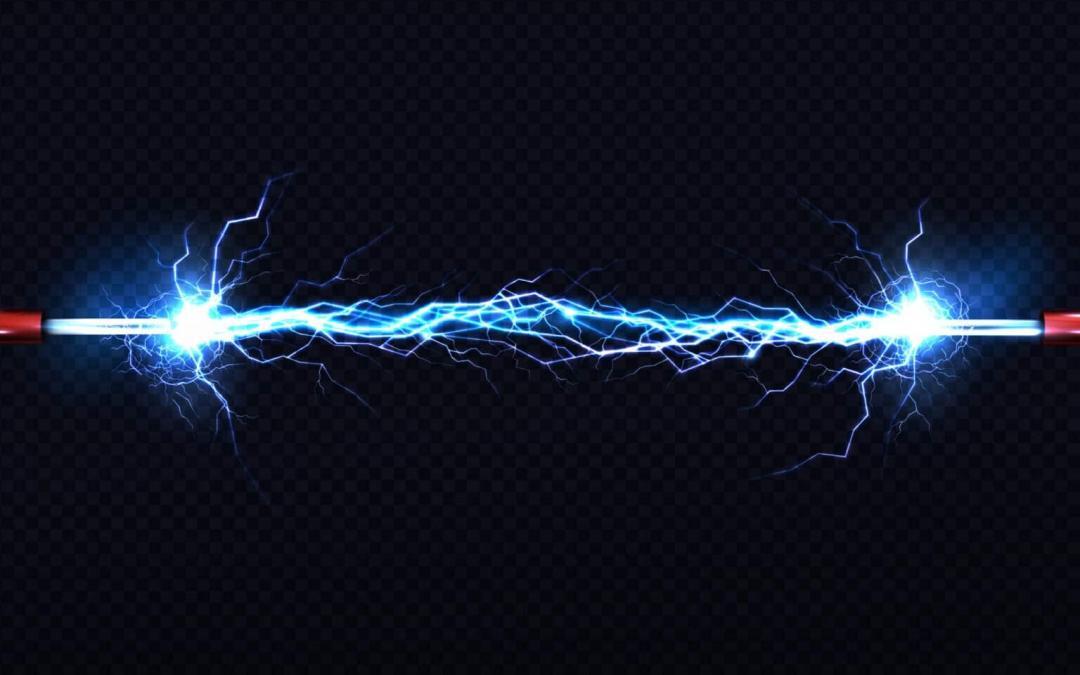What is Structured Cabling?
Definition of Structured Cabling, Installation, and More!
Structured cabling for any business is no easy task – there could be cables everywhere, perhaps running from room to room, or maybe even building to building. If you have little to no experience with cable installation, it can be potentially dangerous, frustrating, and extremely time-consuming.
Let’s start off by defining structured cabling. This type of cabling keeps businesses running at top speed. Structured cabling includes the process of installing cables in a uniform manner in order to provide businesses or institutions with telecommunications power, Internet connection, or system security. For more information about structured cabling services, click here.
On the other hand exists ‘unstructured’ cabling. This state of cabling is unorganized, inefficient, and could even be hazardous. This occurs when wires are loose and cluttered rather than confined and properly placed in secured areas. When your cabling lacks structure, internal issues are likely to arise, including slower internet speeds. Ensuring safety and efficiency in your workspace begins with a cabling infrastructure.
Why should you use structured cabling?
Structured cabling can support your business in multiple ways. For example, you may choose to use
- Cat5e or Cat6 Ethernet cabling, which are responsible for top-notch internet connections, or
- Fiber optic cabling, which uses glass cables to send data for transmission between different servers.
Of course, there are various other cables that connect different power sources, services, or other standalone units.
As a business, whether you employ hundreds of workers or just a small group of people, a proper cabling setup is one of the first things you should invest in. With fewer distractions, faster internet speeds, and a system that runs like a well-oiled machine, you can focus on the thing that matters most: your work.

“Cabling installation from single drop to a complete infrastructure”
How do you install structured cabling?
Before installing any power on cabling (or others), you should conduct a site survey. This survey should highlight all the different cabling needs you require as a business. It may include telecommunications, power to certain areas, fiber connection, data transfer, or other security-related cabling.
Once you have a list of all the different cables your business requires, you will need to consider the building layout, thus creating the most optimal path of installation. The installation process can be tricky and is why we recommend working with a professional team.
One further consideration is designing your structured cabling layout not only for the present day, but for the future too. This prevents you from having to install brand new cables down the line, which will save you time, money, energy, and the need to be offline for numerous hours. If you plan ahead, your business will remain connected at all times.
To conclude
Whether fiber optic, Cat5e Ethernet, or others, is best left to the experts. Installing structured cabling yourself is not recommended.
The team at ICAS offers all different types of cabling services, whether you’re looking for fiber connections, wiring repair, re-routing of current cables, or the setup of a brand new structured cabling system. With so many wires to choose from, and not to mention additional required knowledge, we recommend leaving it to the professionals, such as the team at ICAS.
If you’re searching to install cables in a school, office, another place of work, or even an impressive home setup, then ICAS can help you. To find out more information, get a quote, and/or ask any further questions, contact the ICAS Network/Data Cabling team today.
To learn more about ICAS structured cabling installation service, click here.

